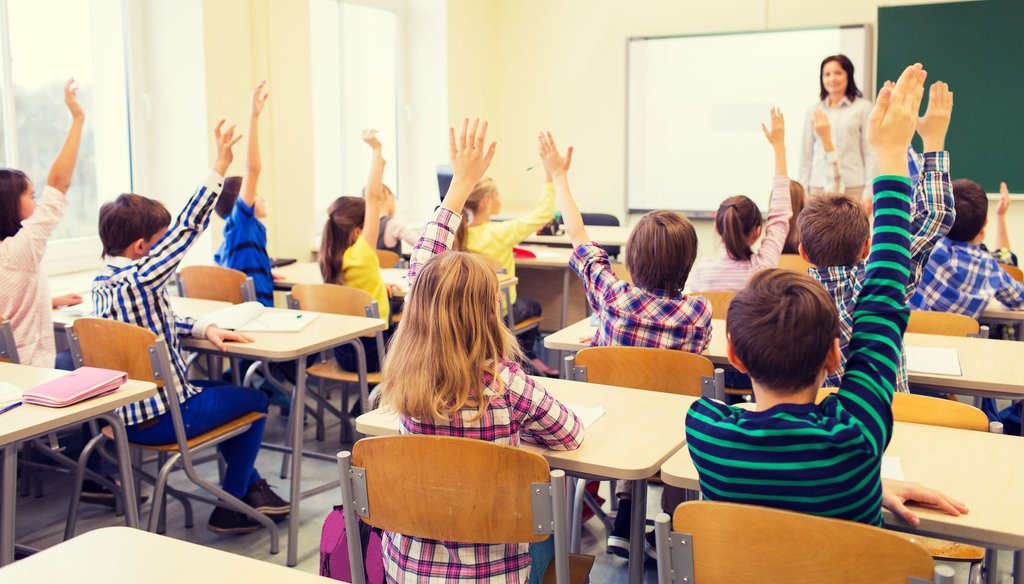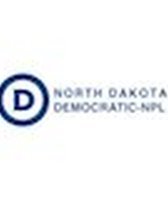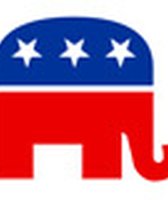Stand up for the facts!
Our only agenda is to publish the truth so you can be an informed participant in democracy.
We need your help.
I would like to contribute

As kids go back to school this September, we decided to check in on the state of K-12 education in the United States.
The United States spends big on education. But what is the return on that investment compared with the rest of the world?
The answer is not amazing, but not terrible, either.
Education systems are particularly hard to rank, because there is no international, or even national, consensus on what qualifies as a good education. But there are certain benchmarks we can look to.
The Organization for Economic Co-operation and Development is the prime source for data on education. They administer the Program for International Student Assessment, or PISA, the gold standard for global tests.
The exam, which measures reading, math and science, samples 15-year-olds in 72 countries every three years. The last test was in 2015. The United States fell just above the OECD average in reading and science, and below average in math, where it dropped 11 points since the last exam. The top tends to be dominated by East Asian and northern European countries.
Sign up for PolitiFact texts
There are a few important caveats. The first is that the study was not intended to be used to rank countries against each other.
"The rankings were a secondary development, but if you review every single organization involved in producing exams, all of them warn to avoid the simple comparisons," Gustavo Fischman, an educational policy professor at Arizona State University, said. "But that is what everybody does."
"Spending is disproportionate to our test scores," said Neal McCluskey, director of the Cato Institute's Center for Educational Freedom. "But after that, it’s unclear what these test scores tell us about how we’re doing educationally."
For example, McCluskey said research fails to show a strong connection between test scores and completing high school, enrolling in college and completing college. He posited that the most likely reason the United States does not fare as well is a culture much less focused on testing than others.
"Americans have gone abroad and said these kids spend a lot more time on school and less on after-school jobs and sports. And kids from other countries say American kids don’t spend nearly as much time on academic work," McCluskey said. "So maybe what we’re finding is the cultures are different."
He pointed out that in the countries that test best, there is a strong cultural emphasis on testing: a common way to become upwardly mobile in East Asian countries until recently was to work for the government, and those positions were obtained on a meritocratic basis of testing. And European countries also place a bigger emphasis on testing to enter schools far earlier than at the college level.
The United States tends to be a lot more diverse than these countries, so disaggregating scores yields different results, according to Fischman. He pointed out that Asian-Americans surpass Asian kids’ scores on the test.
Henry Braun, an education policy professor at Boston College, said that when you isolate school children with higher economic resources across countries, the United States does pretty well.
"The reason we don’t perform well overall is that we have more students in the lower strata that typically perform more poorly," Braun said. "That’s more an indictment of the inequity in our social system than in our educational system."
There is also the issue of educational diversity. U.S. states have far more control over what happens in schools than in many other countries.
"The case of the United States is one of the most complicated, because you have 50 different educational systems," Fischman said. "The term ‘educational system’ in the United States is a very vague term. It doesn’t exist like it does in countries that have centralized educational systems."
While experts said the United States educational system has a lot to improve, it is not faring too poorly using different standards to measure educational success.
"If you look at the measures of entrepreneurial activity after finishing high school and college, the health of the American-educated workforce is pretty good," Fischman said. "In measures of entrepreneurialism, productivity, they are not bad. So if you think the results of education should be connected to the employability of the work force and measures of creativity and problem solving, American kids are doing really well."
Our Sources
OECD, Education at a Glance 2017, Sept. 12, 2017
OECD, PISA 2015 results in focus, 2018
Business Insider, The latest ranking of top countries in math, reading, and science is out — and the US didn't crack the top 10, Dec. 16, 2016
Phone interview with Henry Braun educational policy professor Boston College, Aug. 14, 2018
Phone interview with Gustavo Fischman, Arizona State University, Aug. 14, 2018
















































